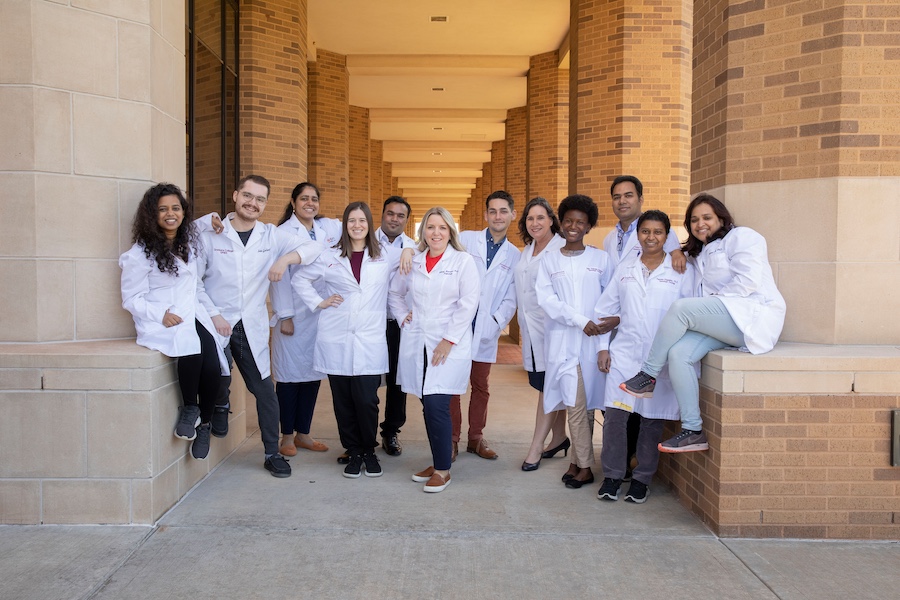08/09/2012
Research investigating the efficacy of screening women with a two-step screening strategy using CA125 and transvaginal sonogram (TVS) is ongoing, as are efforts to identify better biomarkers to identify the disease. In this context, researchers conducted a study evaluating the hypothetical impact on mortality, as well as the cost effectiveness of screening women at average risk of ovarian cancer, using a rising CA125 to select women for TVS. They also sought to predict the positive impact of a more effective hypothetical alternative test. Results were published online July 2, 2012 in Cancer Prevention Research.
Rather than enrolling actual women in a clinical trial, researchers created a hypothetical model, using clinical data from real patients to simulate disease progression and outcomes. Researchers reported that “when applied to women at average risk, annual screening using increasing CA125 to select women for TVS achieves modest mortality reduction (~13%) and meets currently accepted cost-effectiveness guidelines.” The authors go on to comment that a similarly priced, yet more effective front-line test (something with a performance better than CA125) would be necessary to achieve a more significant reduction in mortality (approximately 25%) while maintaining reasonable cost effectiveness.
Ultimately, finding new, better biomarkers is crucial to developing acceptable screening strategies for ovarian cancer.
Read the abstract here.


